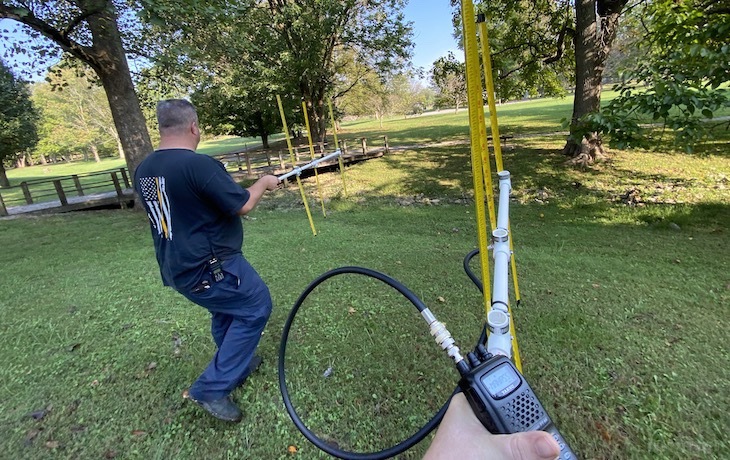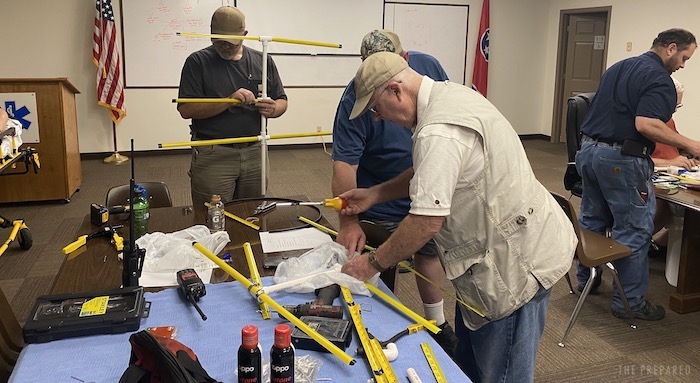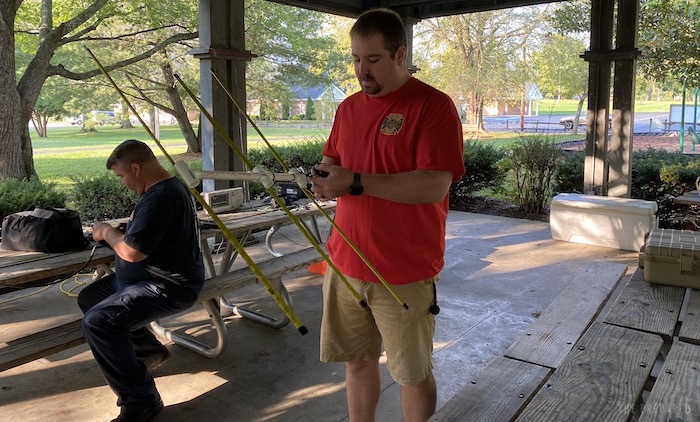If you’ve ever considered using a ham radio without a license, you’ve probably also reconsidered out of fear that the FCC or some angry ham would track you down and show up at your door. How do they do that?
More: Beginner’s guide to ham radio
Radio direction-finding is a real thing, and ham radio enthusiasts have created a sport around it, called “fox hunting.” No real foxes are hurt. It’s like a grown-up version of hide and seek, where one person hides a radio transmitter and others try to track it down. Fox hunting can get quite competitive, and there are even fox hunting championships.
However, fox hunting has real-world applications, such as search and rescue, tracking down radio interference, and yes, busting troublemakers.

I recently participated in my first fox hunt with the Macon Area Ham Radio Society (MAHRS), and YouTube ham KM4ACK (creator of the awesome Build-a-Pi ham radio software) joined in on the fun. It’s easy to get started and doesn’t take much in equipment. You don’t even necessarily need a license.
How fox hunting works
The simplest fox hunts happen on foot with only one fox transmitter. One participant hides the “fox,” which is a small radio transmitter. The fox emits some sort of audible tone every few seconds. The fox hider stays at the base while the hunters tune into the fox’s frequency and walk around listening for the tone. The first hunter to find the fox wins that round.
Fox hunts can get a lot more complex. You could do a fox hunt at a city or county-wide scale, with participants driving around hunting the fox. You could have a fox hunt with multiple transmitters and the winner is whoever finds them all or finds the most. Most fox hunts take place on the relatively short-range 2m/70cm bands, but there are also fox hunts on the 80-meter HF band, which can cover a very large area.
Equipment you need to start fox hunting
The only thing you really need to participate in a fox hunt is a radio that can pick up VHF/UHF frequencies. Even a cheap BaoFeng will work just fine.
More: Best handheld ham radios
The trick, though, is that the “rubber duck” antennas that come with the BaoFeng and other handi-talkies are omnidirectional, which means they pick up signals from all directions. There is a rudimentary way to add some directionality to such antennas, called “body shielding.” Pull the radio close up to your chest and rotate your body. When you can no longer hear the signal, you know your body is blocking it from that direction.
Ideally, you want to have a directional antenna, like a Yagi, that picks up signals in only one direction. Yagi antennas are one of the easiest antennas to build yourself. A common build uses PVC pipe, hose clamps, and cut lengths from a tape measure. We did a group build of tape measure Yagis at the first official meeting of MAHRS in July.
KM4ACK brought along a Yagi he built from arrows. You can build them from all kinds of things.
Of course, you need a way to connect the antenna to your radio. We built our Yagi antennas with a PL-259 connector, the standard coaxial connector in ham radio. Here’s a tip that will save you a great deal of sanity with HTs: use BNC connectors, which twist on and off. Most HTs use SMA connectors for the antenna, which must be screwed on and off, making antenna swaps take forever. Instead, get a BNC adapter and either use BNC antennas or use PL-259 to BNC adapters for your antennas. My Signal Stick is BNC and I have a BNC adapter on my Yagi, so it takes seconds to switch antennas. I wrote about the setup for my Yaesu FT-60R in this forum thread.
With a Yagi antenna, fox hunting is as simple as panning the antenna around the landscape, listening for the signal, and walking in the direction where the signal is strongest. We were able to find the fox in about ten minutes of searching.
Fox hunting gets trickier when you get closer to the fox. On my Yagi antenna, the signal seemed to come from all directions when I was close to it. At that point I just used my eyes to search for the fox. Seasoned fox hunters have tricks for solving that problem, like attenuators, which are devices that go between the antenna and receiver to reduce the signal strength when you get close to the fox. If you understand harmonics, you can tune into the second and third harmonic frequencies to dampen the signal.
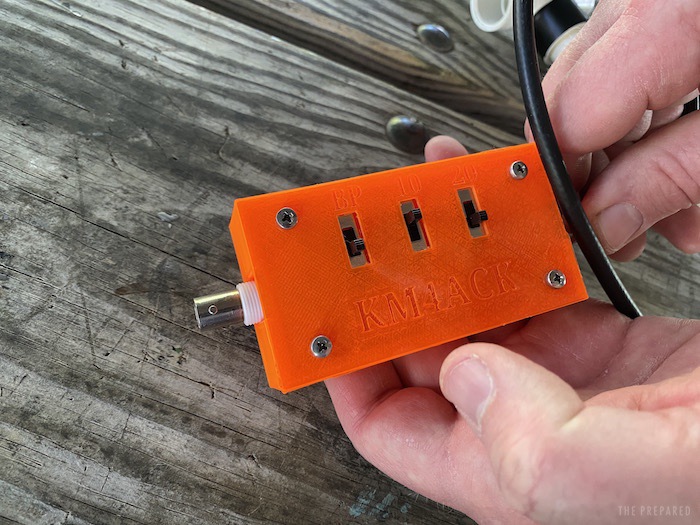
Like most aspects of ham radio, you can get as deeply involved as you want, but a BaoFeng and a Yagi are enough to get off to a good start. The Yagi opens up some other possibilities as well, like tracking satellites.
Our fox was a cheap BaoFeng radio connected to a Byonics BFoxCon controller, which is designed to plug into a BaoFeng and is programmed with a Windows-based configuration program. The guys in the club connected a dummy load to the antenna connector because the signal was too strong with a rubber duck antenna. Byonics also makes standalone fox hunt transmitters like the MicroFox 15.
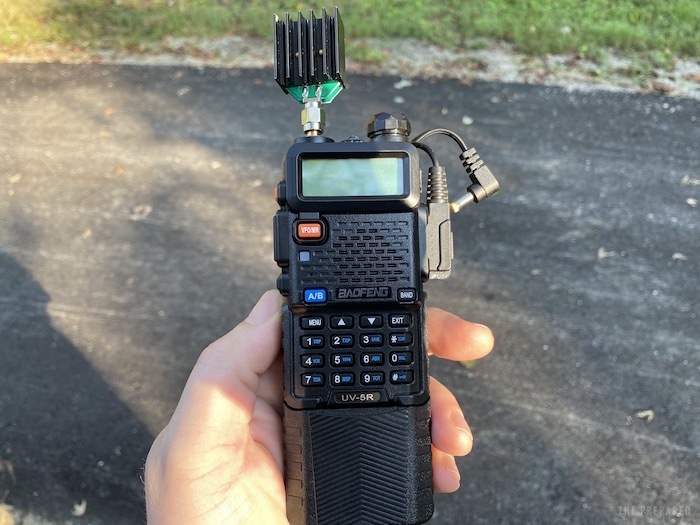
Note that you don’t need a license to hunt a fox, since you’re only listening and not transmitting. However, you need to be licensed to transmit, even with a low-powered device like a low-powered fox transmitter.
Fox hunting is a fun way to improve your ham radio skills. Join a ham radio club near you to connect with local hams you can go fox hunting with. I’m thrilled to have one in my community now that I can learn from.
